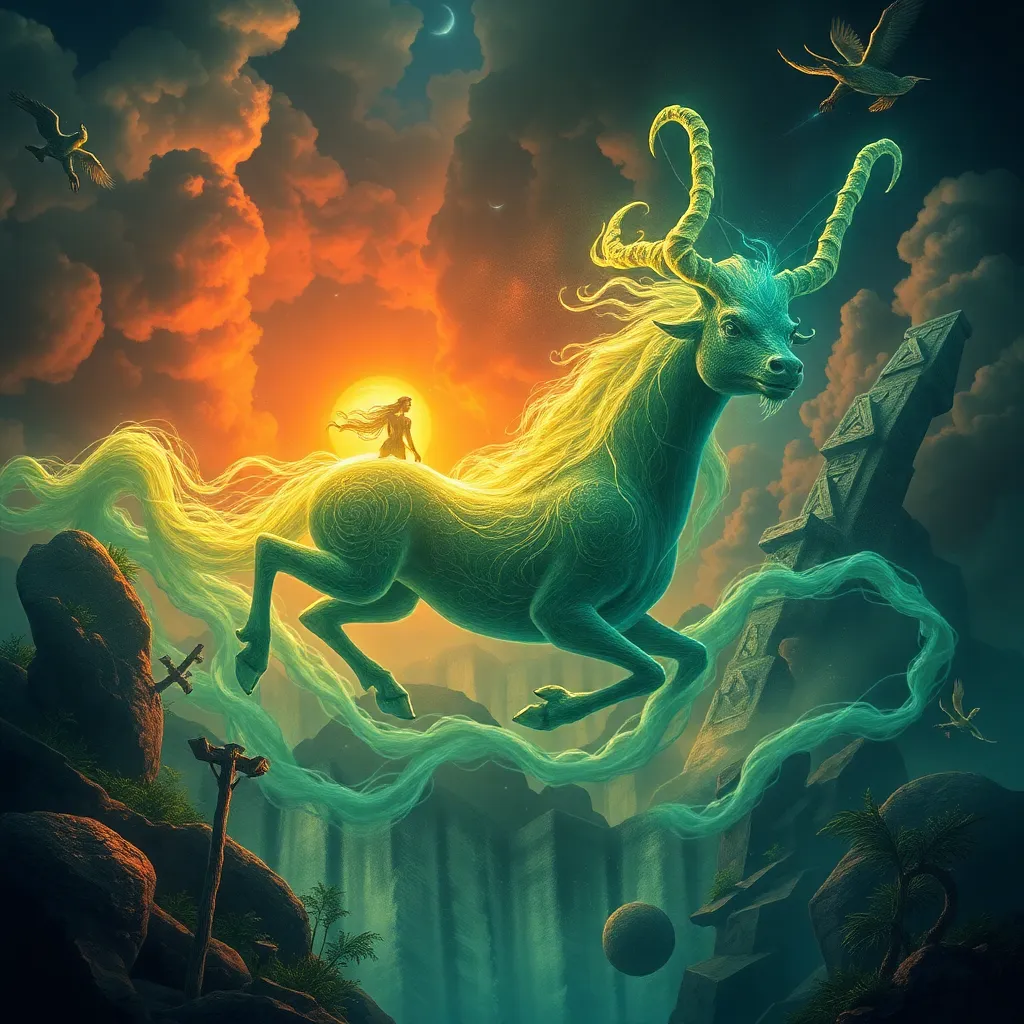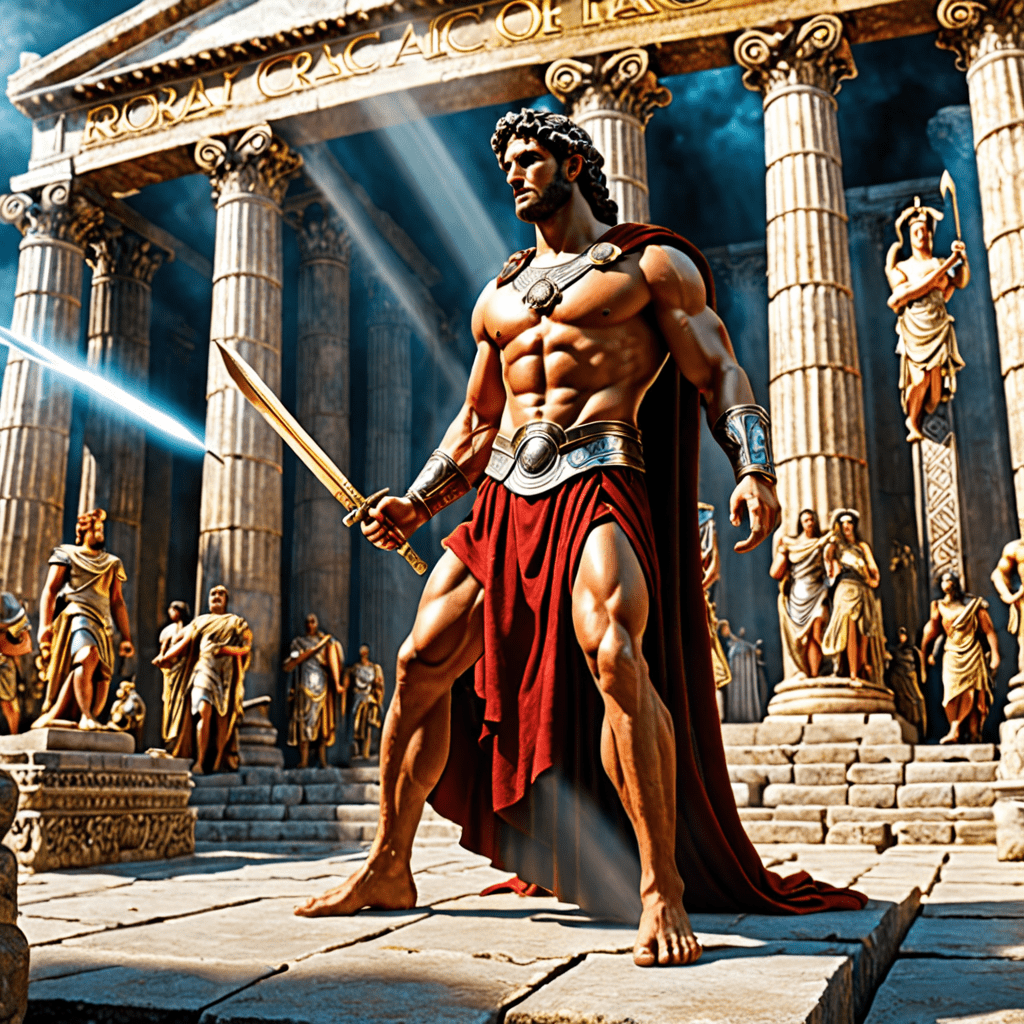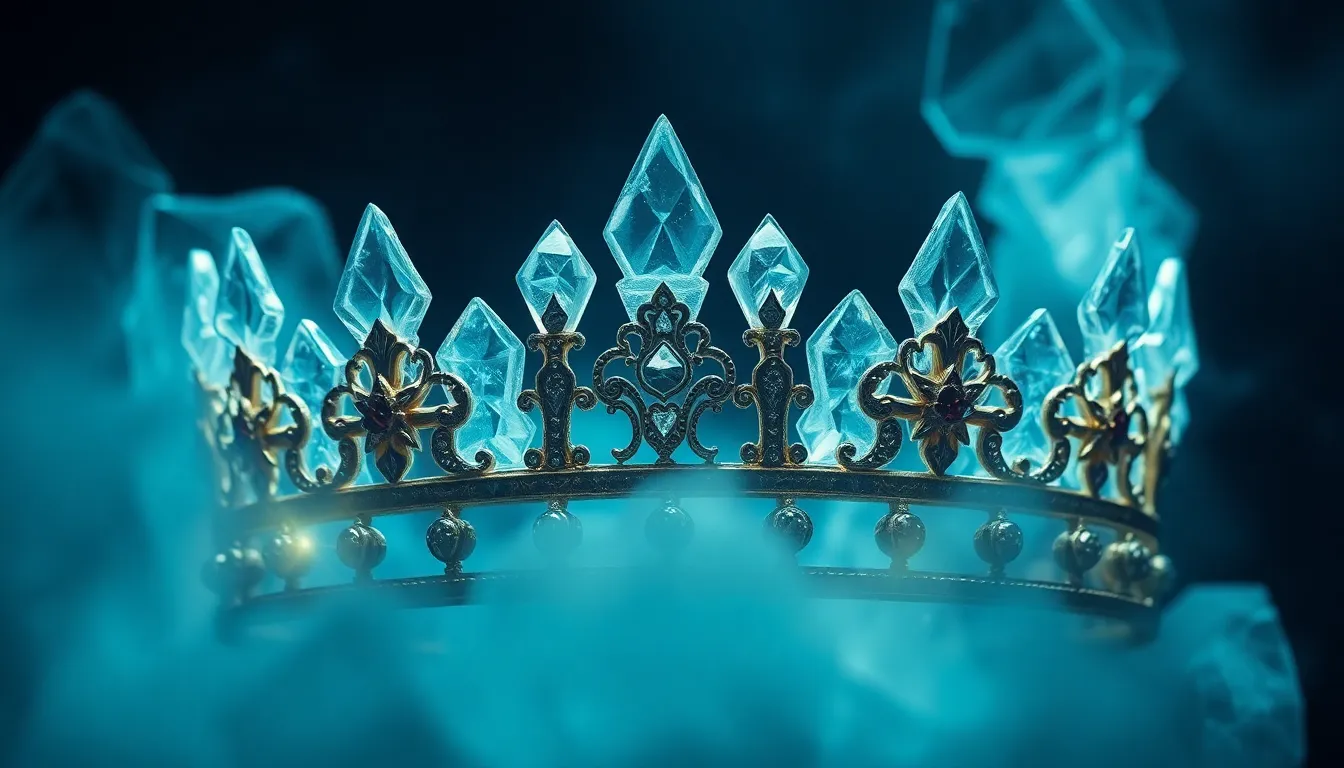Sleipnir Tales: The Mayan Myths of the Popol Vuh: A Creation Story
I. Introduction to the Popol Vuh
The Popol Vuh is a sacred text of the K’iche’ Maya, an ancient civilization of Mesoamerica. It serves as a foundational narrative that encapsulates the mythology, history, and beliefs of the Mayan people. As one of the most significant works in pre-Columbian literature, the Popol Vuh offers profound insights into the nature of existence, creation, and the relationship between the divine and humanity.
In Mayan culture, the Popol Vuh is not merely a story; it is a reflection of the values, struggles, and aspirations of the K’iche’ people. Its themes of creation, identity, and the human condition resonate deeply within the fabric of Mayan spirituality. This article aims to explore the rich narratives and creation themes within the Popol Vuh, illustrating its significance in understanding Mayan mythology.
II. Historical Context of the Popol Vuh
The origins of the Popol Vuh can be traced back to the 16th century, shortly after the Spanish conquest of the Maya. It was originally composed in the K’iche’ language and later translated into Spanish by a Franciscan friar, Francisco Ximénez, in the early 18th century. The text is believed to have been written down by the K’iche’ Maya to preserve their history and mythology in the face of colonial pressures.
The K’iche’ Maya played a crucial role in ensuring the survival of these stories, even as European colonization threatened to erase their cultural heritage. The Popol Vuh stands as a testament to their resilience and determination to maintain their identity and traditions. The influence of European colonization also affected the narratives, as they were intertwined with Christian themes and concepts, creating a unique blend of indigenous and European thought.
III. The Creation of the World
In the beginning, there was nothing but the sky and the sea. The Popol Vuh describes a primordial state devoid of life. It was a time of silence and darkness, where only the Heart of Sky, represented by the god Tepeu, existed. The gods gathered to deliberate on the creation of the world, contemplating the need for light and life.
Through their words and intentions, the gods brought forth the Earth from the waters. This act of creation was significant as it marked the transition from chaos to order, a theme central to many creation myths. The emergence of land allowed for the possibility of life, setting the stage for the unfolding stories of the Popol Vuh.
IV. The Creation of Humanity
Once the Earth was formed, the gods sought to create beings that could worship and honor them. Their first attempts were flawed: they created humans from mud, but these beings were weak and crumbled. Next, they tried creating humans from wood, but these creatures were soulless and lacked consciousness. Frustrated by these failures, the gods finally turned to corn, a sacred plant in Mayan culture.
The successful creation of humans from corn symbolizes the essence of Mayan identity. Corn is not only a staple food but also a vital part of their cosmology and spirituality. The resulting humans had the ability to think, feel, and worship their creators, fulfilling the gods’ original intent.
V. The Role of Deities in the Popol Vuh
The Popol Vuh introduces several key deities, including Tepeu, Gucumatz (also known as Quetzalcoatl), and the Heart of Sky. These gods play pivotal roles in the act of creation and the ongoing relationship with humanity. Their interactions with humans reflect themes of sacrifice, responsibility, and the balance between the divine and the mortal realms.
Throughout the text, the gods demonstrate their power and authority, but they also show a deep concern for the creatures they have created. The gods’ willingness to engage with humanity suggests a reciprocal relationship, where both parties hold responsibilities towards one another.
VI. The Journey of Hero Twins: Hunahpú and Xbalanqué
Among the most compelling narratives in the Popol Vuh is the story of the Hero Twins, Hunahpú and Xbalanqué. These twins embody the ideals of bravery, cleverness, and resilience. Their adventures, which include facing the Lords of Xibalba (the underworld), highlight their significance in Mayan mythology.
The trials faced by the Hero Twins are profound, serving as allegories for the challenges of life. They confront death, deception, and the struggle for identity, ultimately emerging victorious. The lessons learned from their journey emphasize the importance of courage, intelligence, and the cyclical nature of existence, reflecting the broader themes of the Popol Vuh.
VII. Themes and Symbolism in the Popol Vuh
The Popol Vuh is rich with themes and symbolism that resonate deeply within the Mayan worldview. Some of the key themes include:
- The Cyclical Nature of Life and Death: The narrative illustrates the continuous cycle of creation, destruction, and rebirth, mirroring the agricultural cycles of the Mayans.
- The Importance of Balance and Harmony: The gods strive for balance in the universe, reflecting the Mayan belief in maintaining harmony with nature.
- Reflection of Societal Values: The myths encapsulate the values and beliefs of the Mayan civilization, including the significance of community, respect for nature, and the importance of ancestry.
VIII. Conclusion: The Enduring Legacy of the Popol Vuh
The Popol Vuh continues to hold immense significance in contemporary Mayan culture. Its stories and teachings remain relevant, offering guidance and wisdom to modern Maya and others seeking to understand their roots. The themes of creation, identity, and the relationship between humanity and the divine resonate in today’s storytelling and spiritual practices.
The legacy of the Popol Vuh underscores the importance of preserving and sharing these myths, as they serve as a bridge connecting past and present. By exploring the narratives within this sacred text, we gain a deeper appreciation for the richness of Mayan culture and the universal themes that continue to inspire generations.



